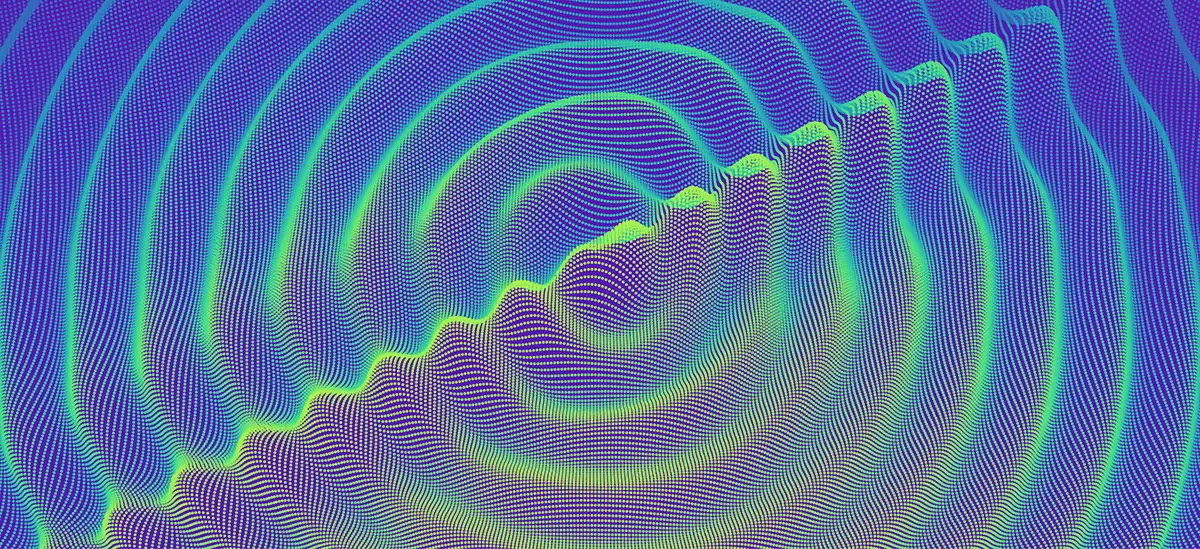Short Introduction
Versatile Video Coding (VVC – officially approved as ITU-T H.266 | 23090-3) is the most recent international video-compression standard of ITU-T and ISO/IEC. H.266/VVC is the most recent video compression technology to be standardized. In the exhibit the improvements of this new video coding standard get compared to the old ones.
Description
H.266/VVC was developed by the Joint Video Experts Team (JVET) with significant contributions from Fraunhofer HHI’s Video Communication and Applications department. Compared to its predecessor H.265/HEVC, VVC achieves about 50% bit-rate reduction at the same subjective video quality for a wide range of video content and applications. The Video Coding Technologies group contributed several essential coding tools and technologies to the H.266/VVC standard. Some of the contributions were developed in cooperation with the Multimedia Communication group and the Video Coding Systems group.
Two comparisons can be viewed in the exhibit. One is a comparison on a monitor between the old H.265/HEVC standard and the new H.266/VVC standard, which clearly shows that the latter produces better picture quality. Secondly, two tablets are used to show a comparison between H.266/VVC and AVC, another video coding standard. The quality that AVC achieves with 4 Mbit/s is matched by H.266/VVC with just 1 Mbit.
Use-Case
H.266/VVC is efficient and versatile and thus meets the requirements for today’s media. It includes tools specialized for different kinds of content that produce a quality enhancement. This content includes video beyond standard- and high-definition (e.g. 8K or lager resolution, HDR, wide color gamut), computer generated or screen content (e.g. screen sharing, online gaming applications) and immersive content (e.g. 360-degree video). A licensed Versatile Video Encoder and Decoder (VVenC and VVdeC) are also available for implementation in software.



